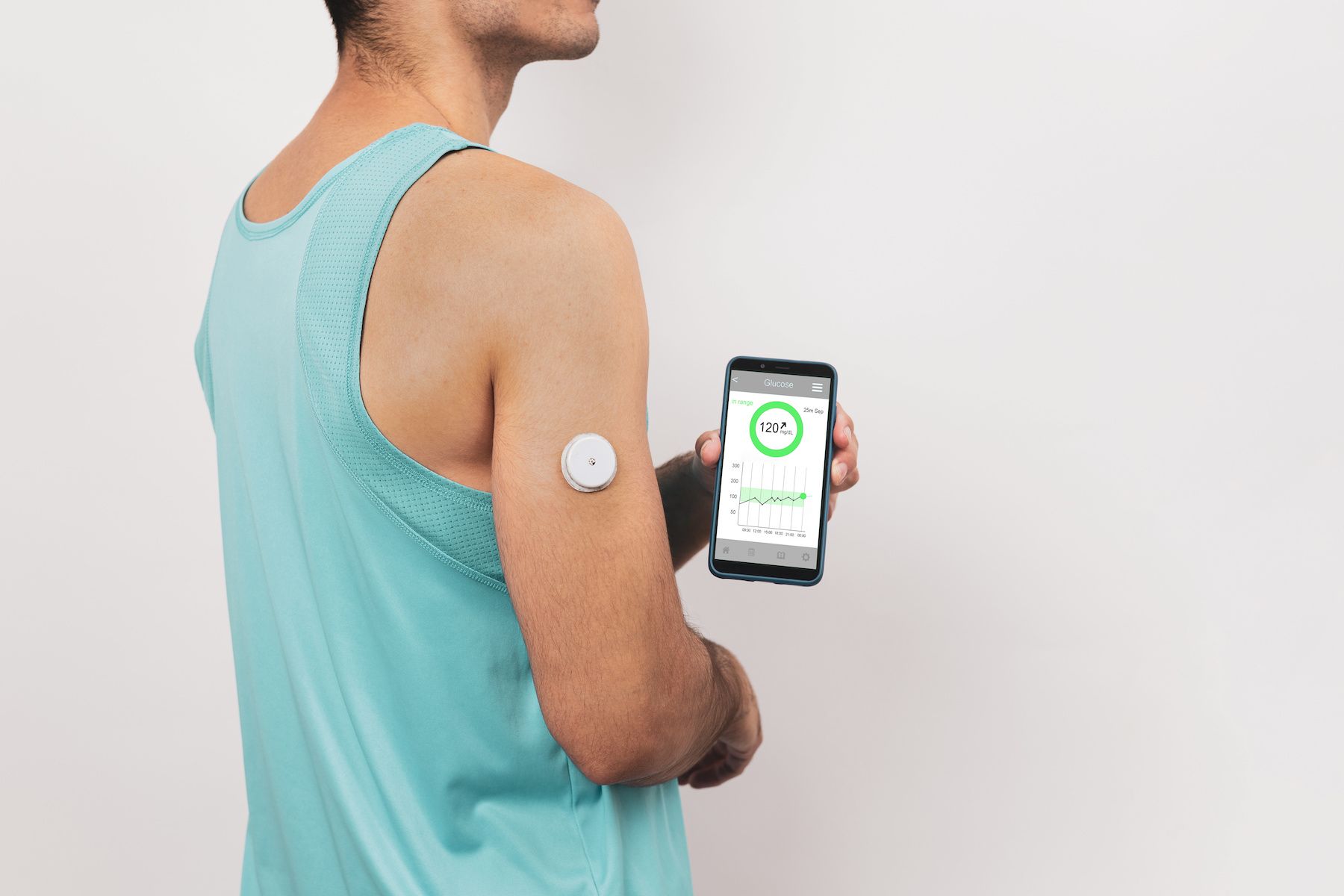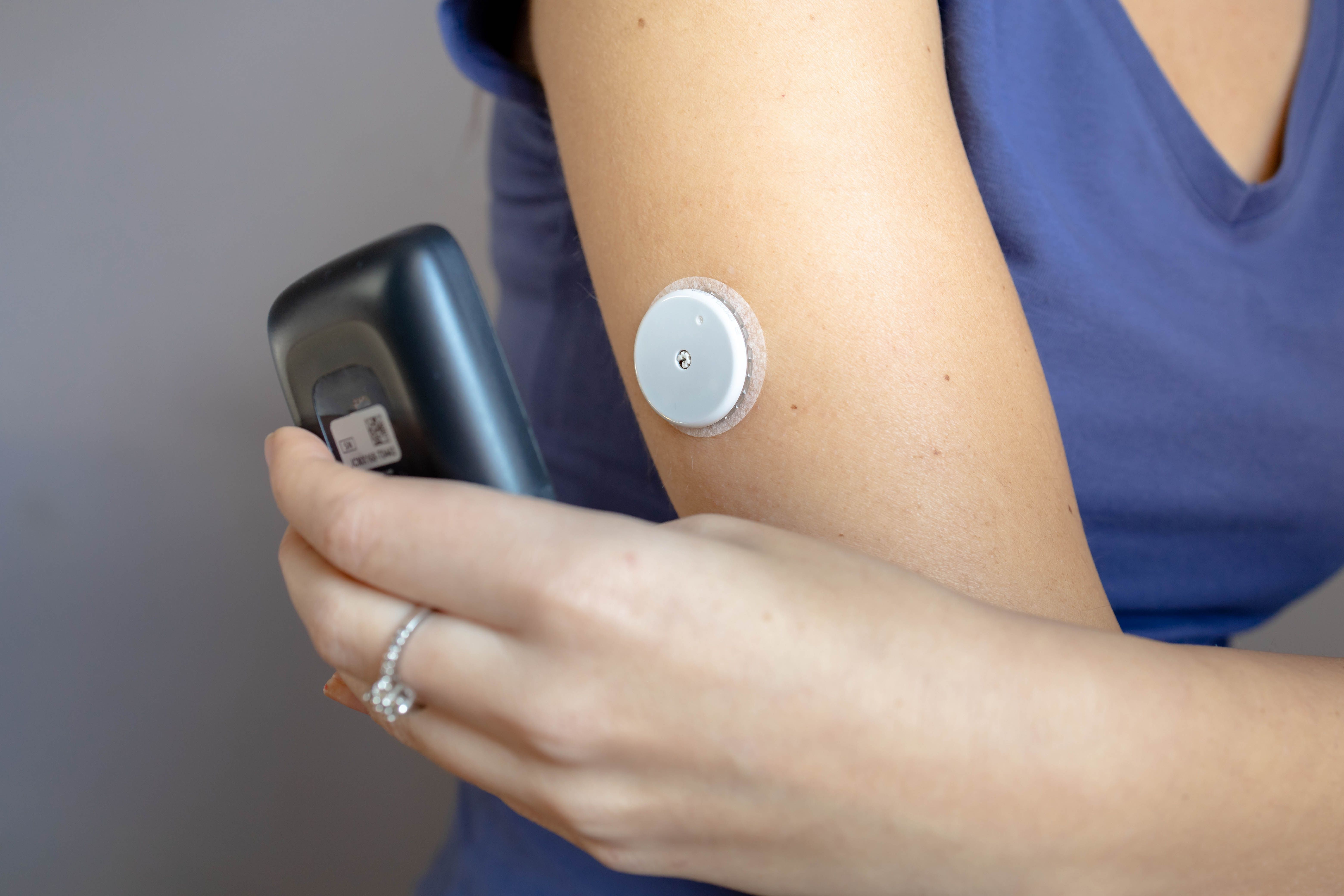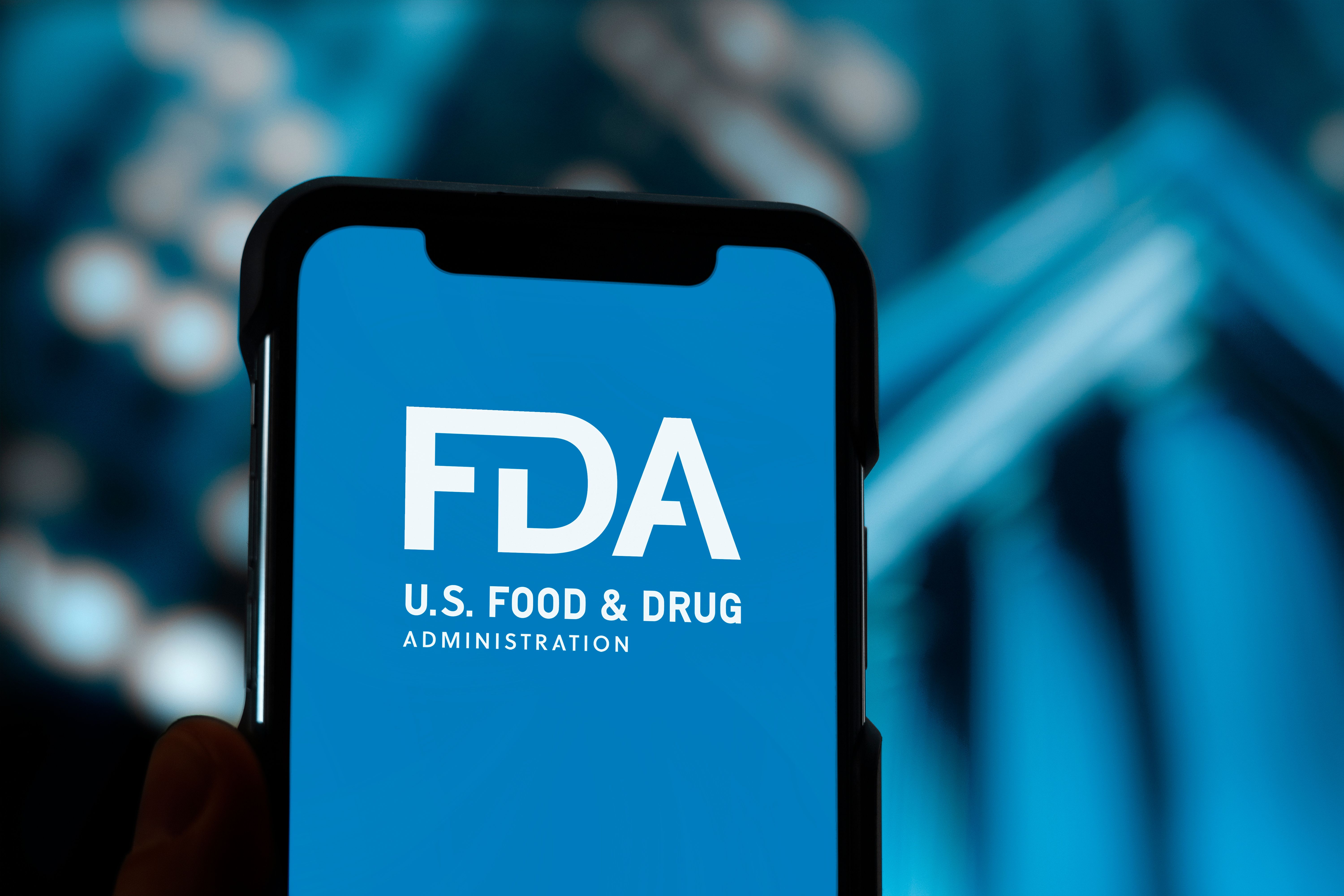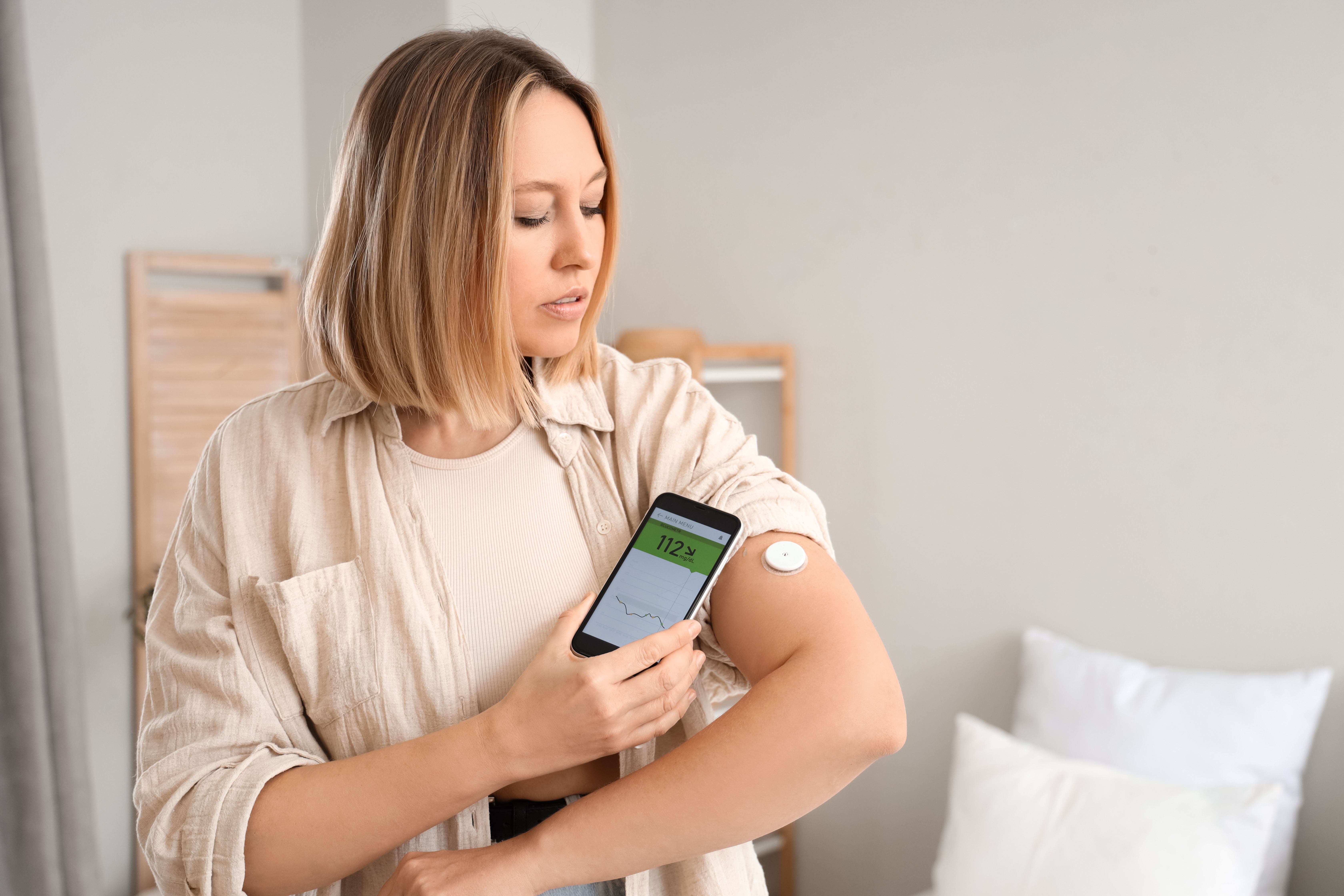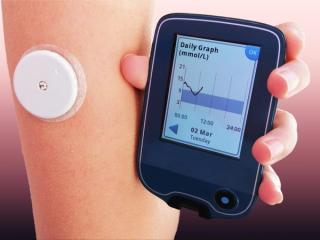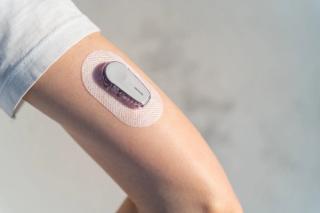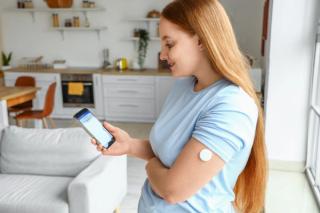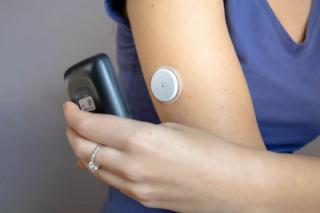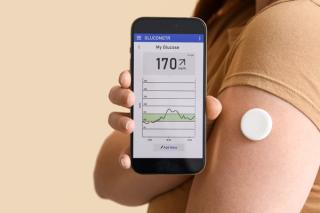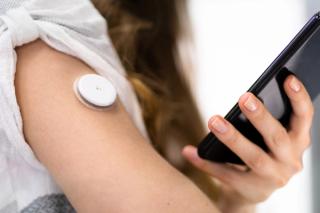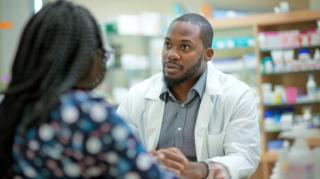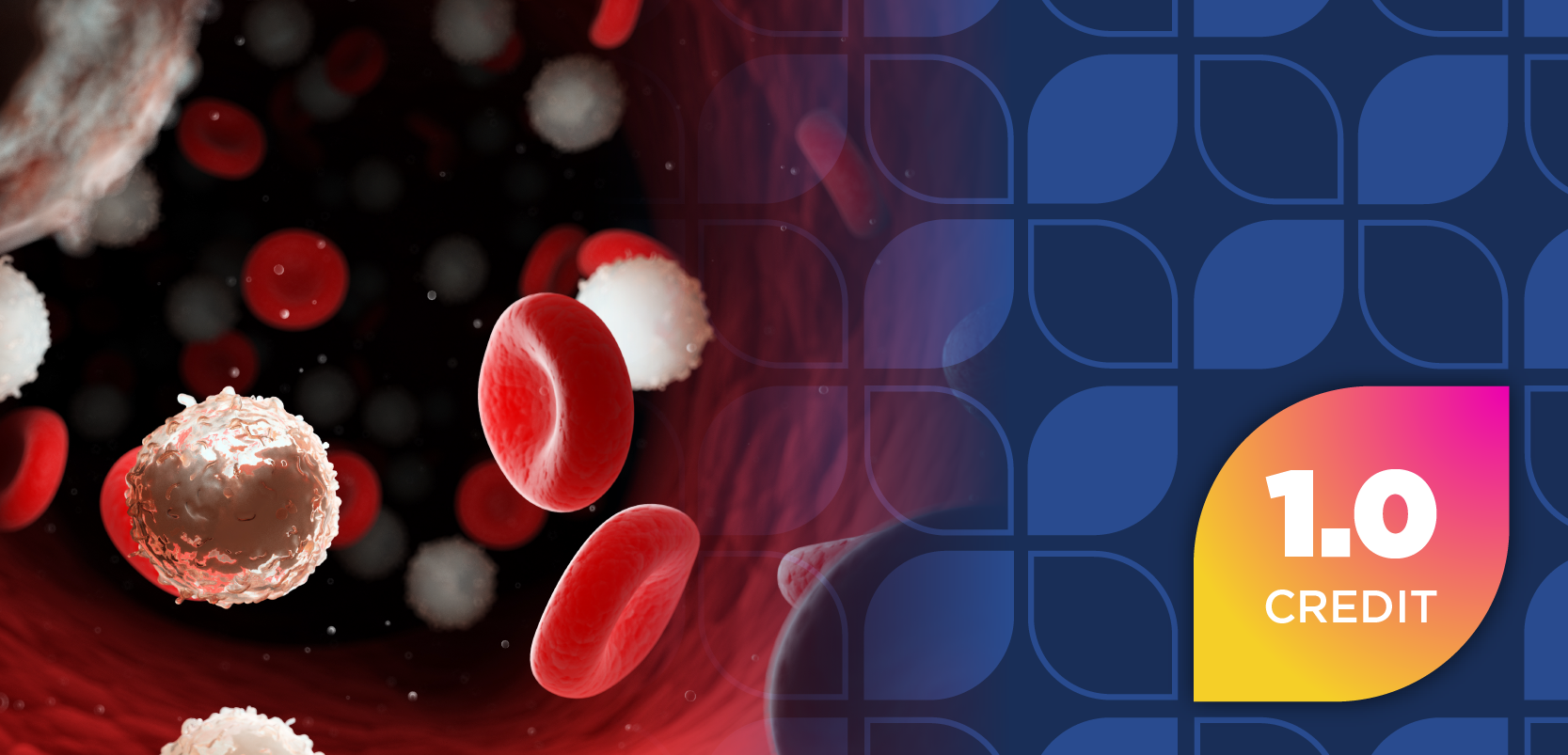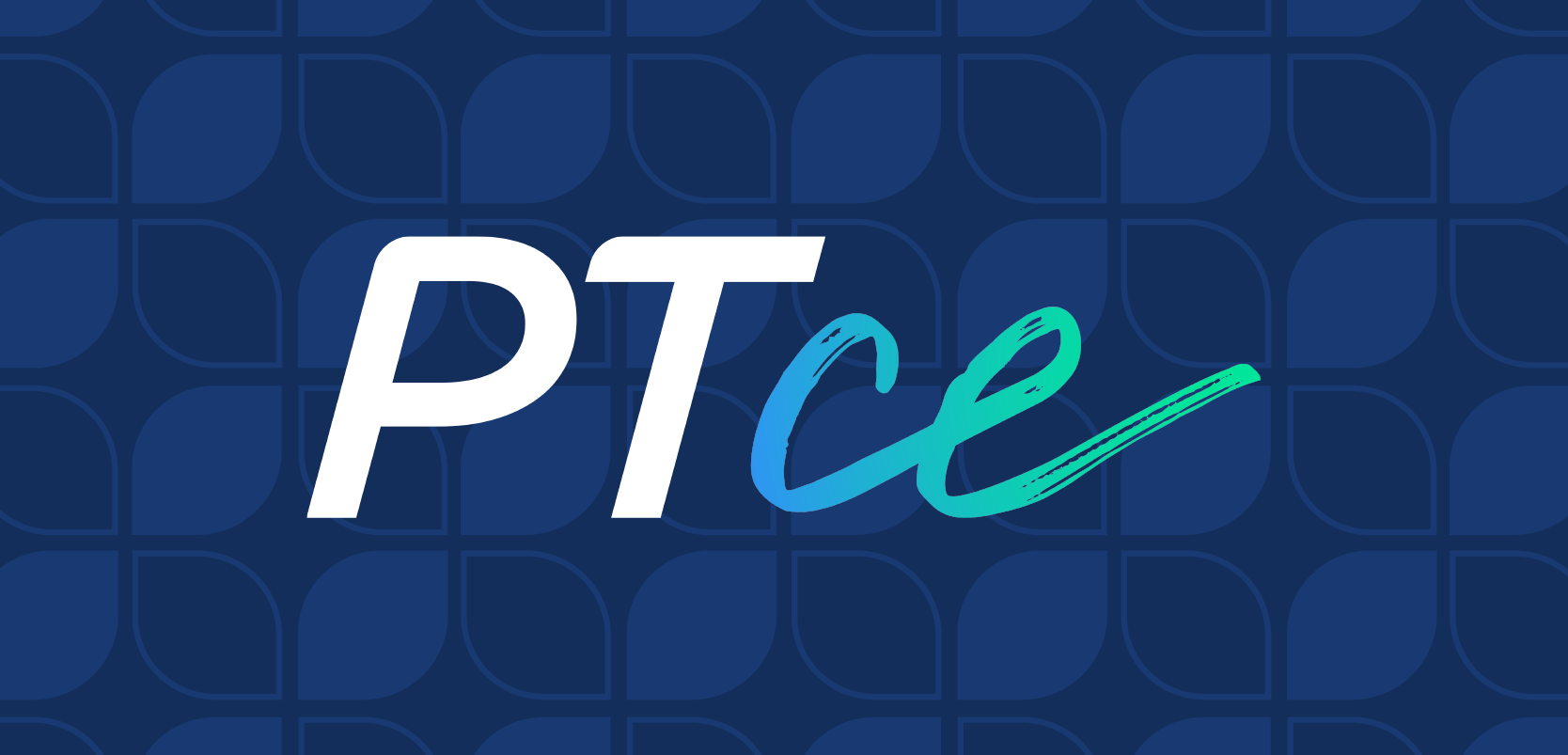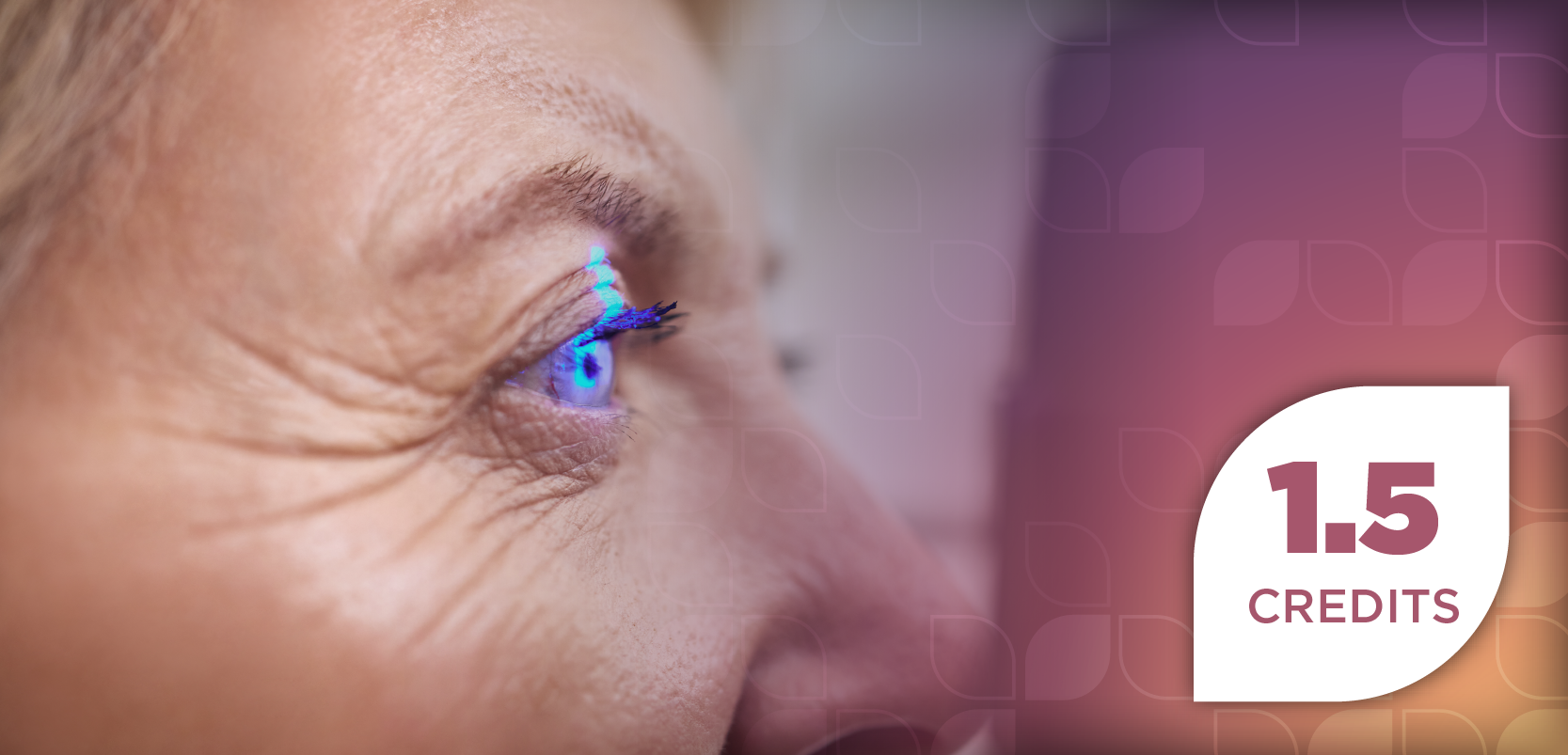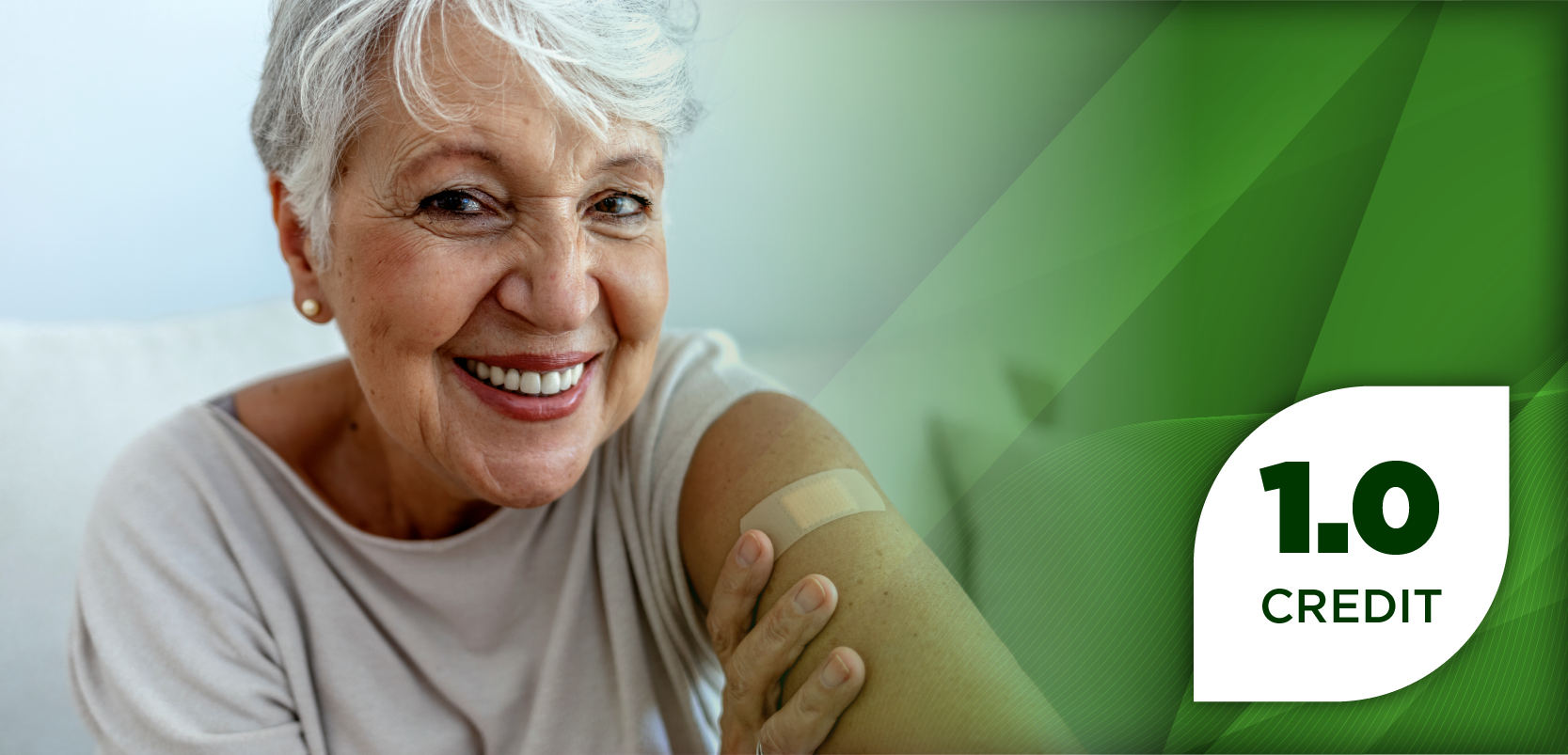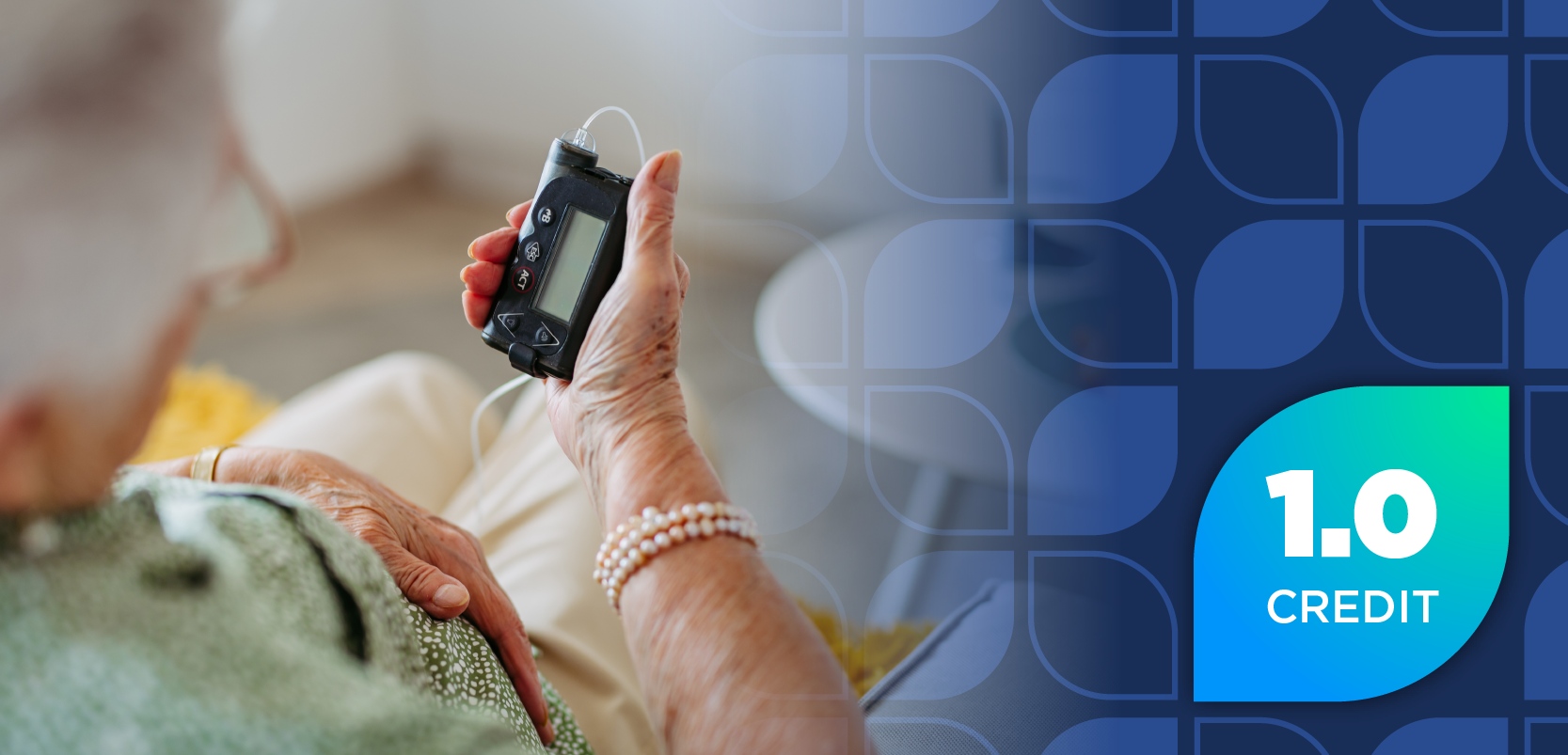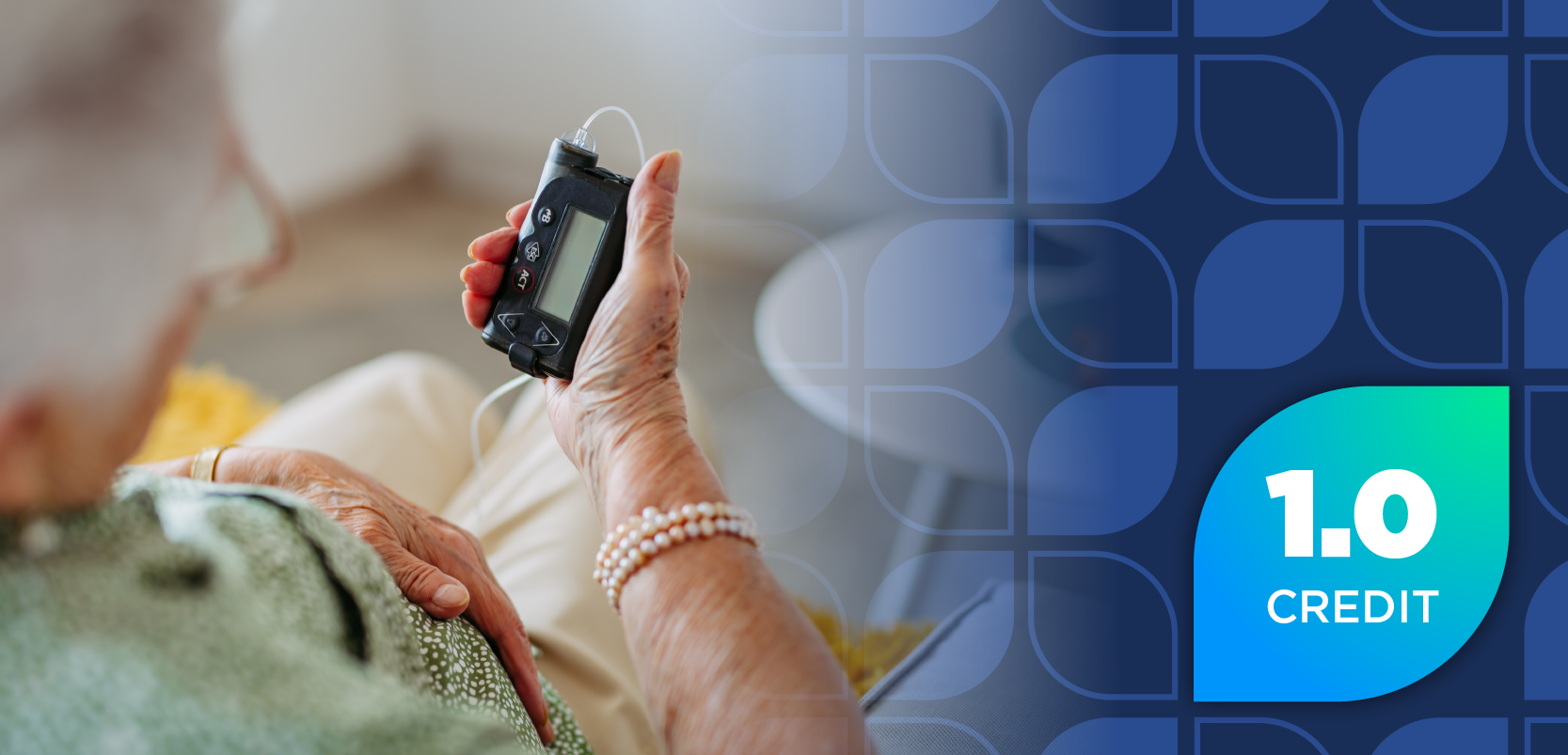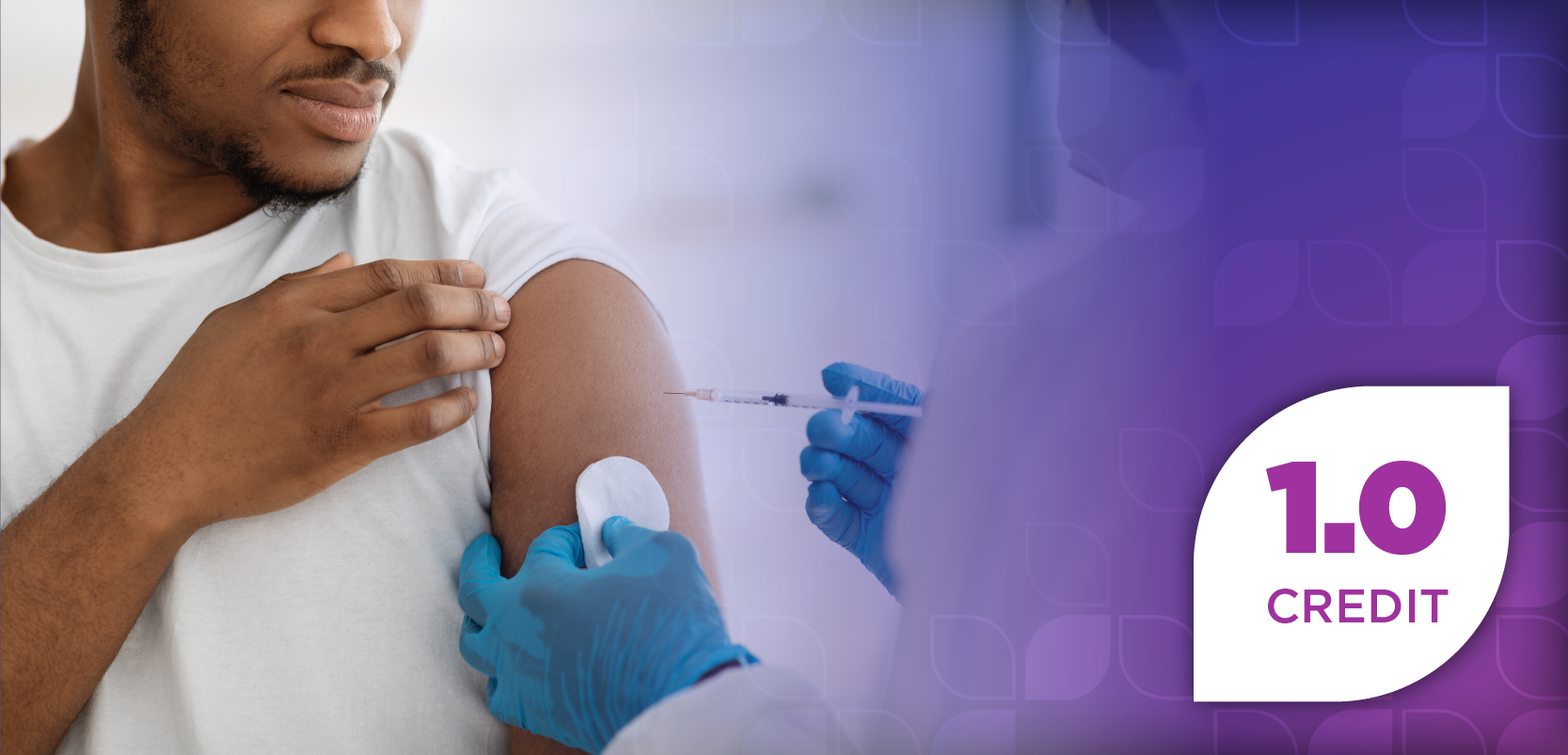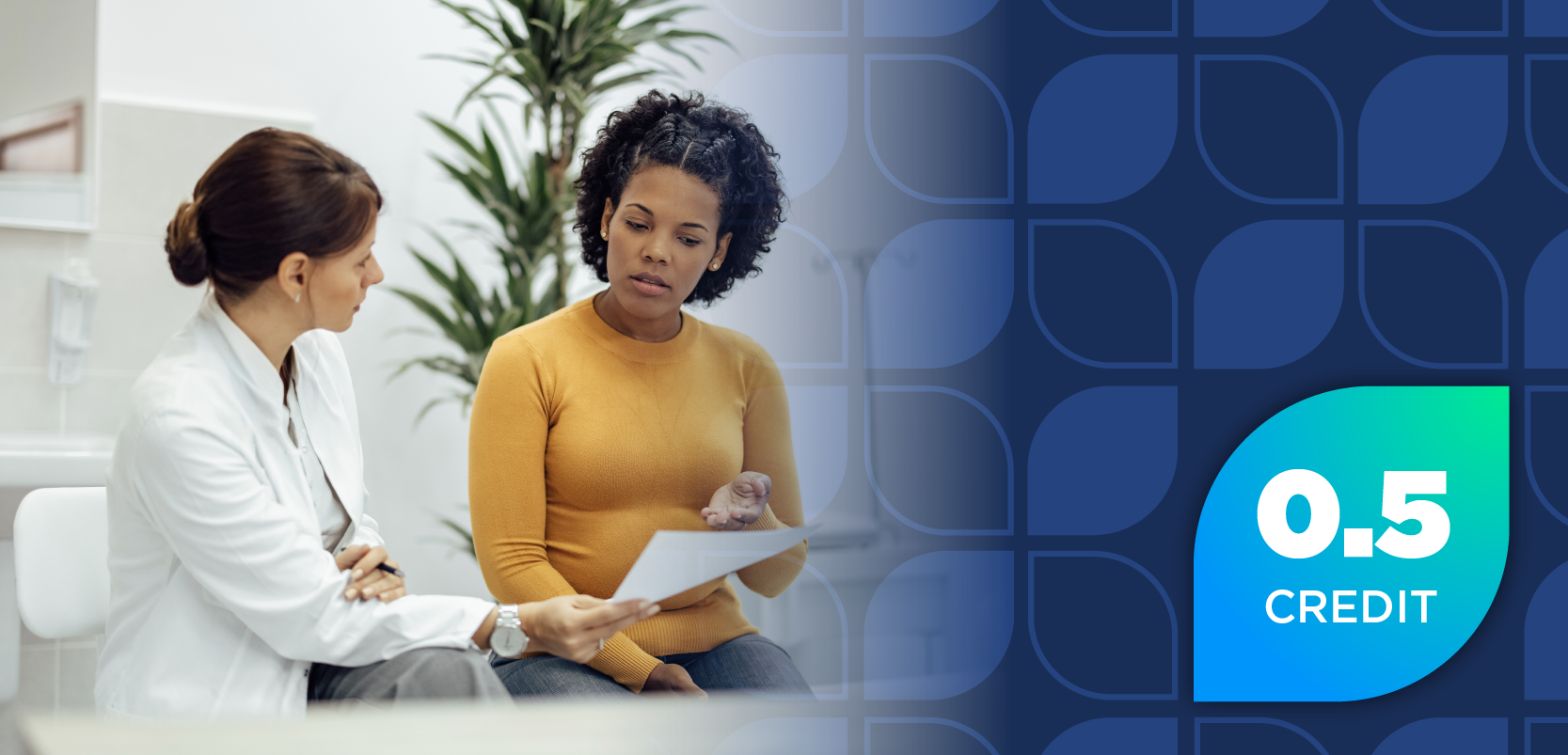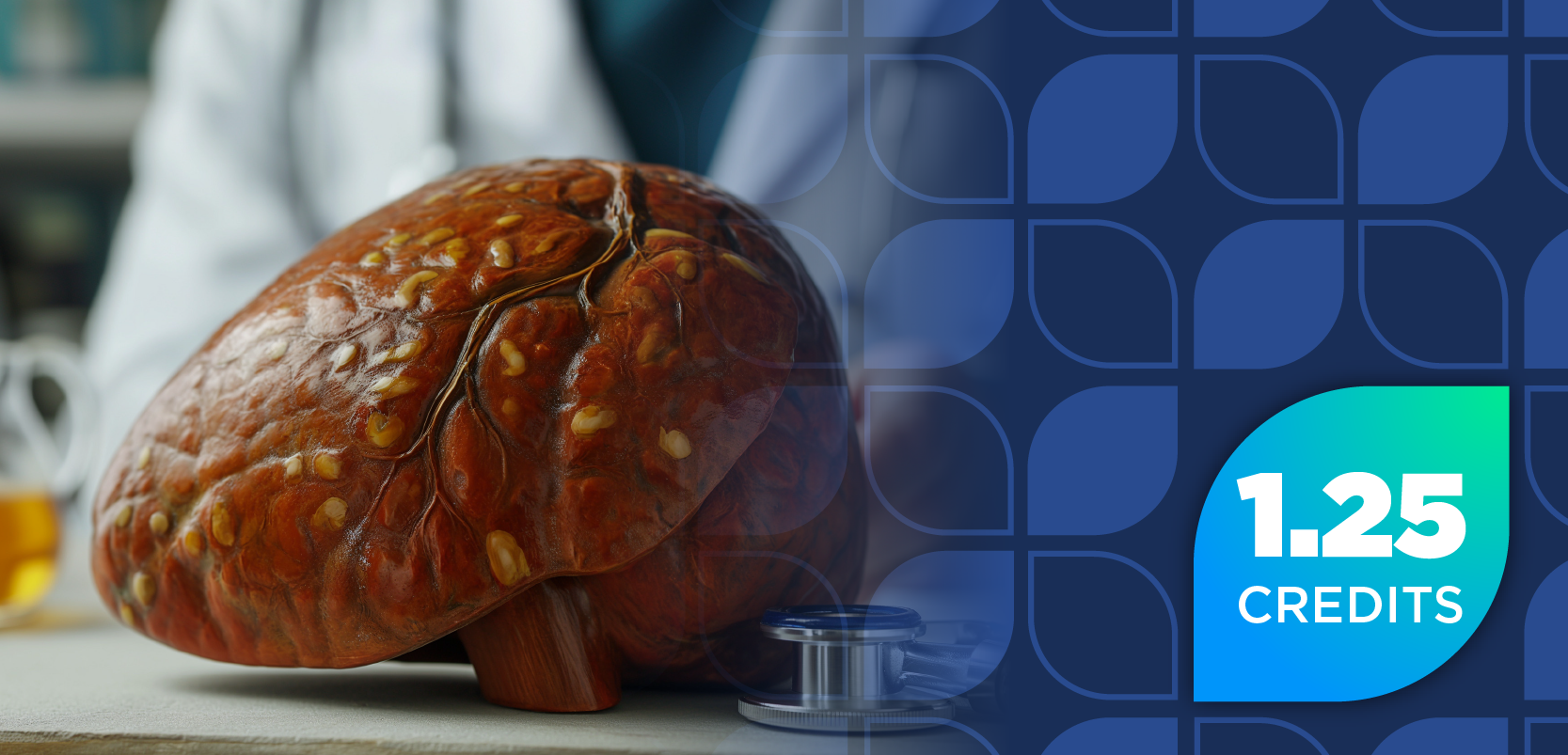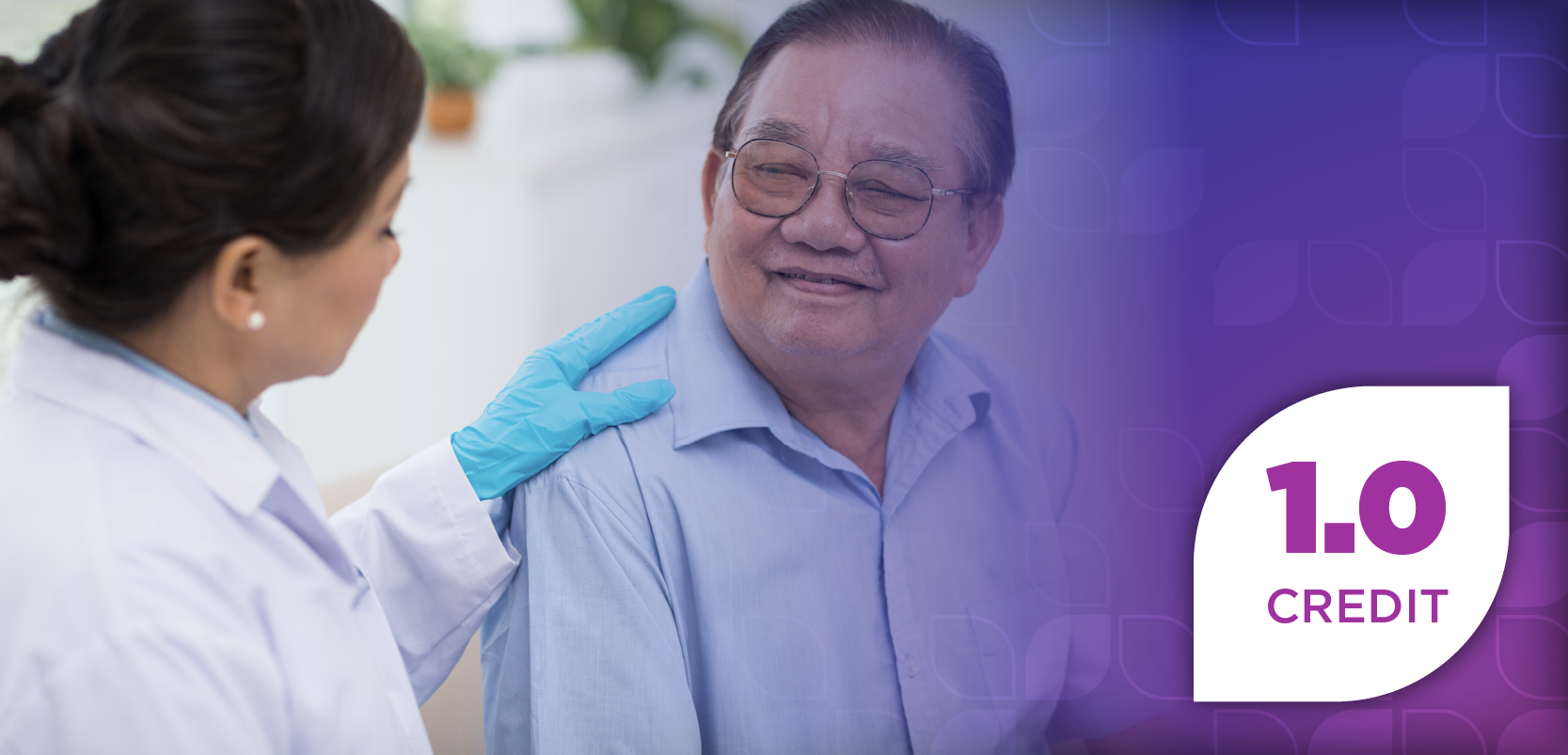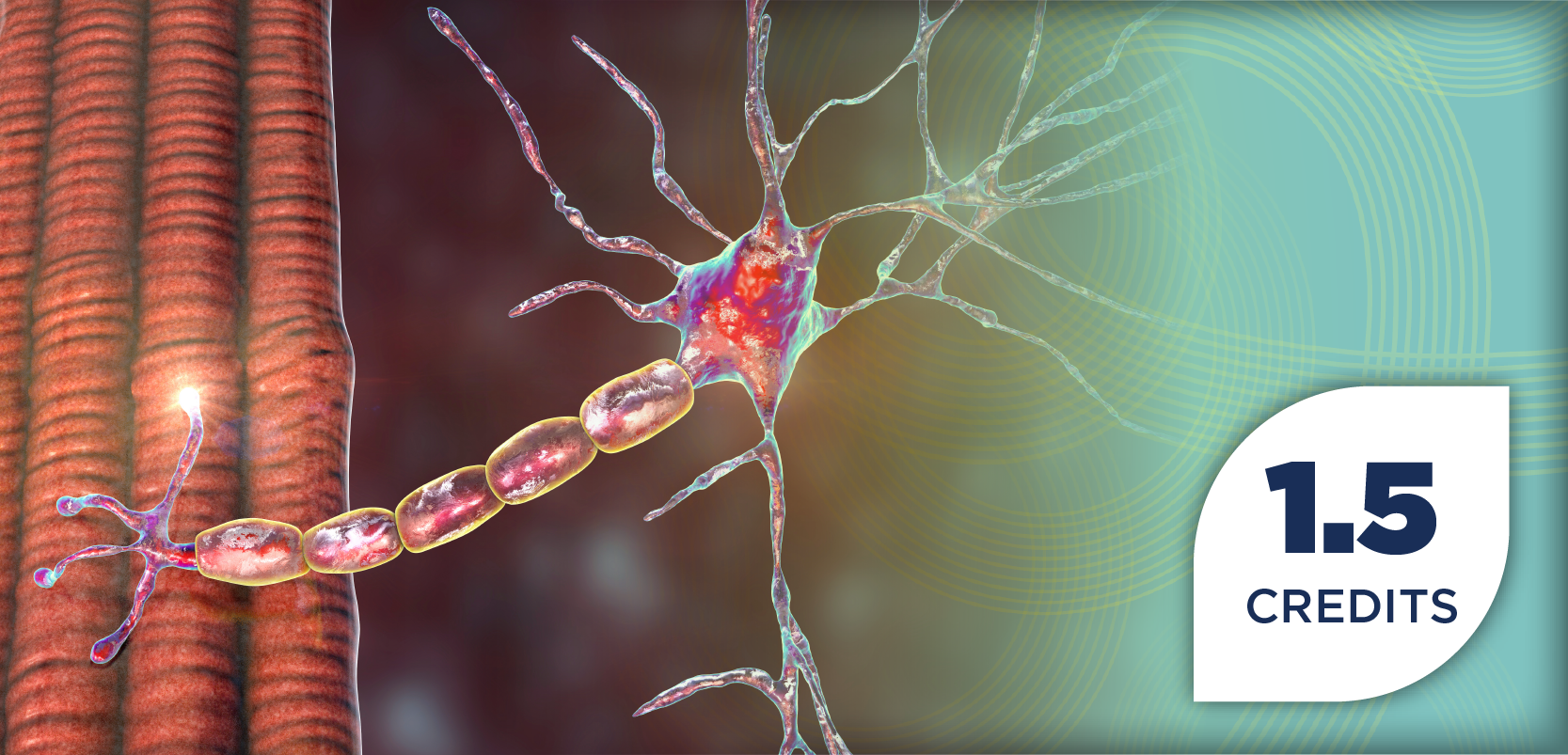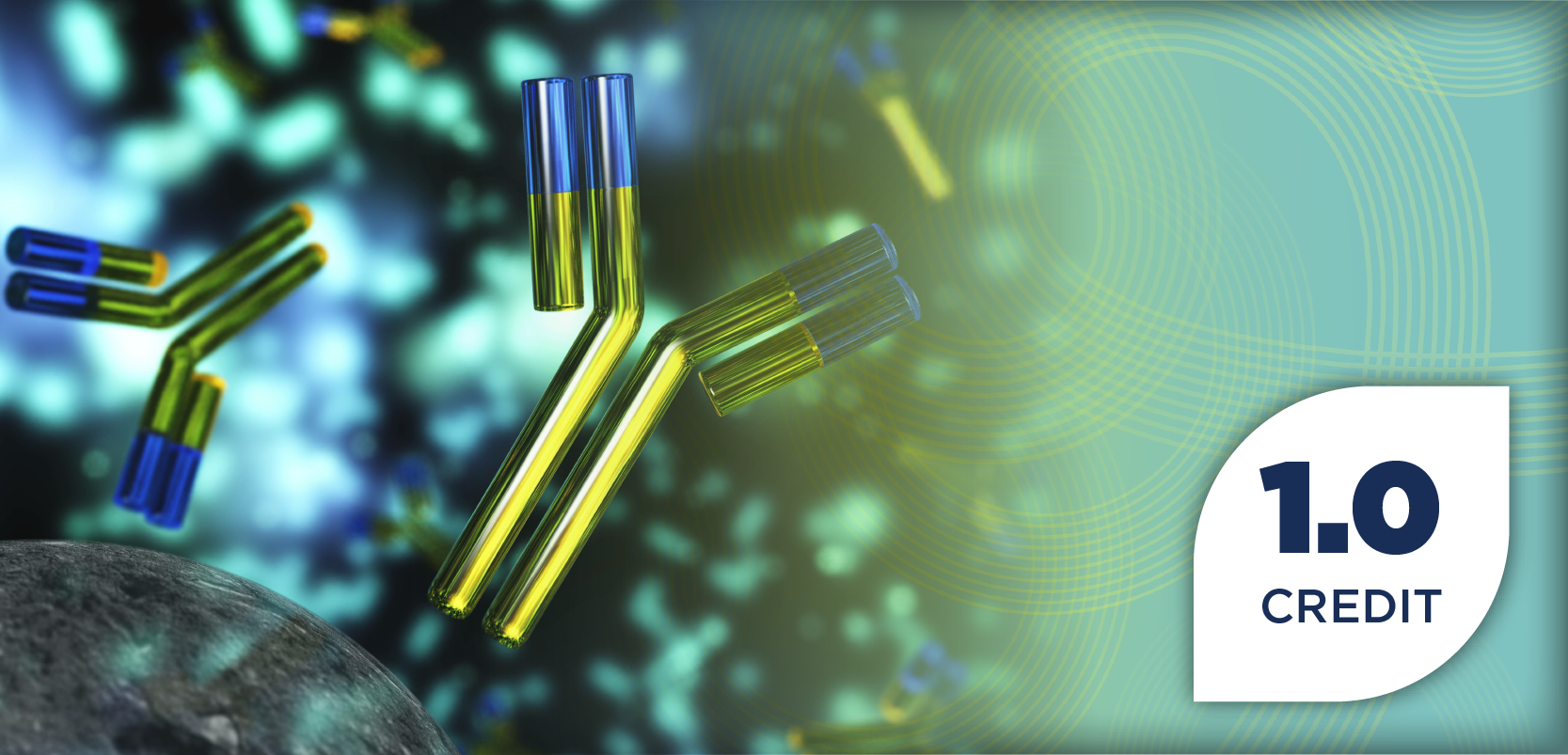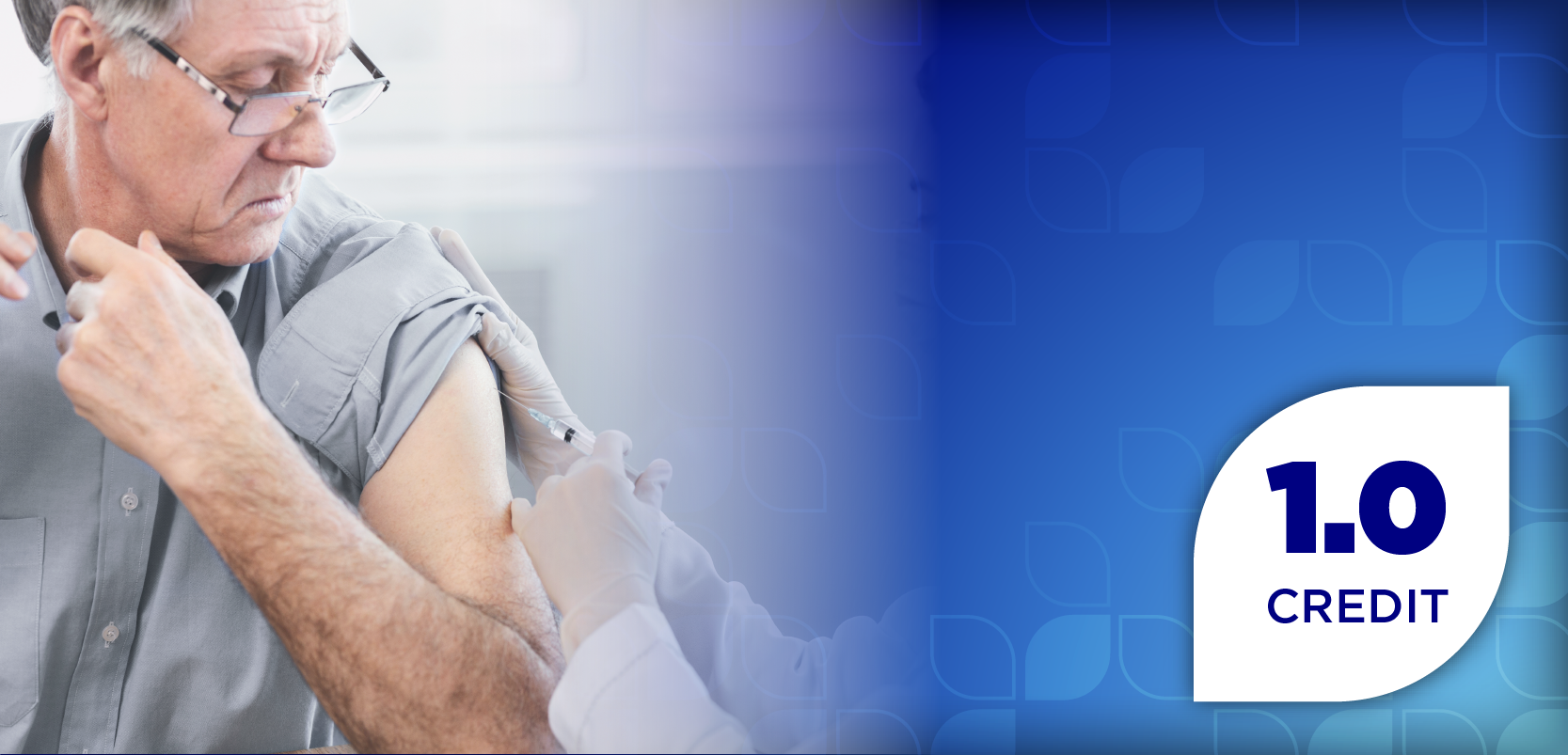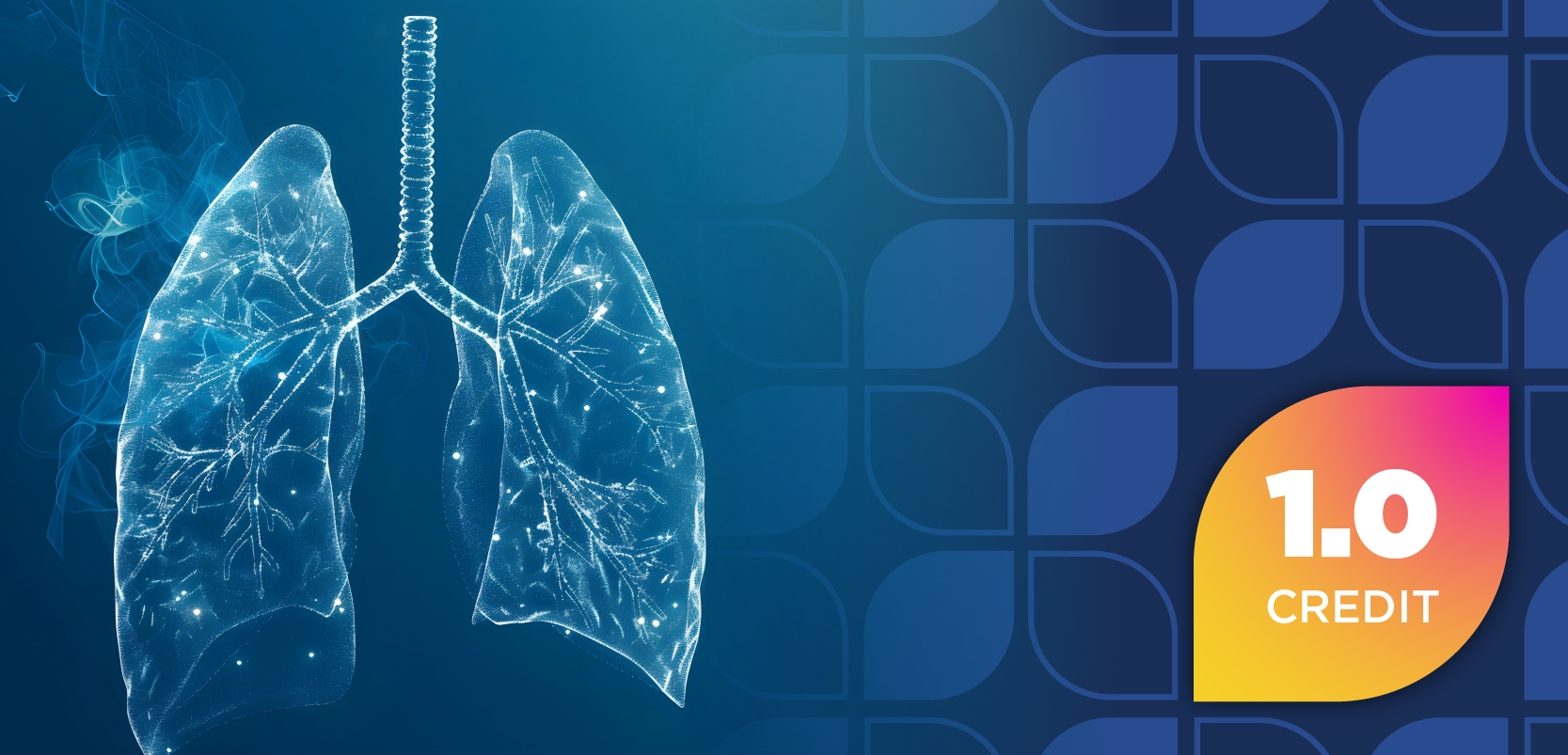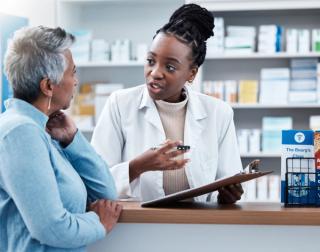
Continuous Glucose Monitoring
Latest News
Latest Videos

CME Content
More News
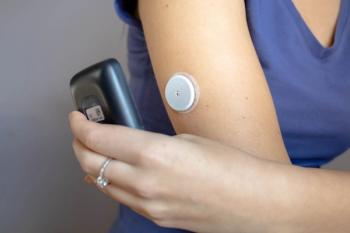
Targeted education and hands-on experience are helping pharmacists gain the confidence needed to guide patients in continuous glucose monitoring.
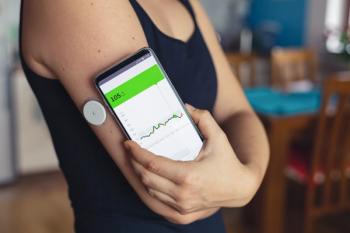
Recent studies reveal that while diabetes technology use rises, glycemic control in type 1 diabetes patients remains low, highlighting significant disparities.
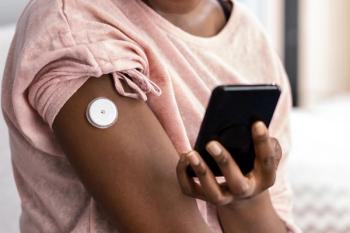
As continuous glucose monitoring becomes more common, pharmacists are essential in patient education but face barriers of time, training, and reimbursement.
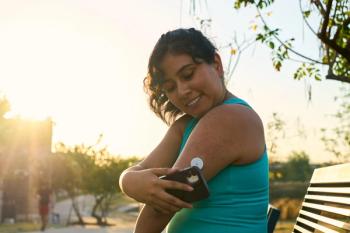
Diana Isaacs, PharmD, BCPS, BCACP, BC-ADM, CDCES, discusses how diabetes advancements like GLP-1s and CGM have impacted the management of insulin.
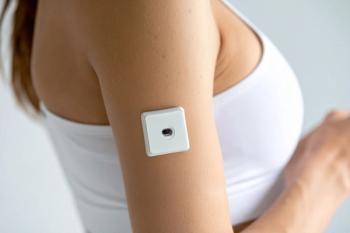
In an abstract presented at the American Diabetes Association 85th Scientific Sessions, researchers tested the effectiveness of an AI-driven program for improving glycemic control.
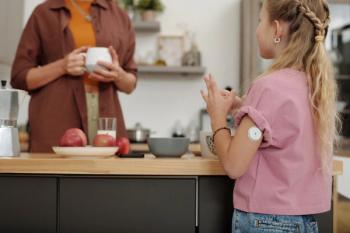
Researchers presented an abstract describing current racial disparities in CGM access and wear time to better inform quality improvement efforts.
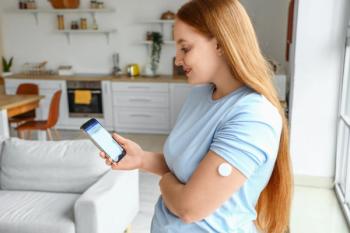
Investigators assessed continuous glucose monitoring with behavioral intervention for patients with type 1 diabetes.
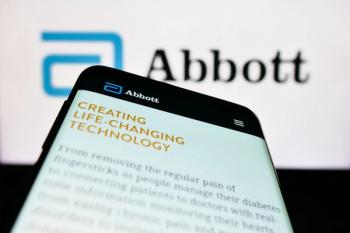
Insulin delivery technology company Sequel Med Tech announced its future partnership with Abbott’s glucose-ketone sensor, which is currently under development.
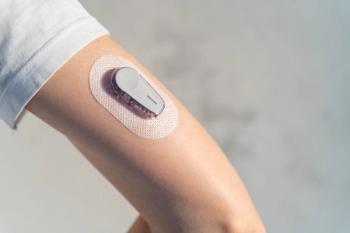
Investigators also found that nocturnal hypoglycemia is a strong predictor of daytime hypoglycemia.
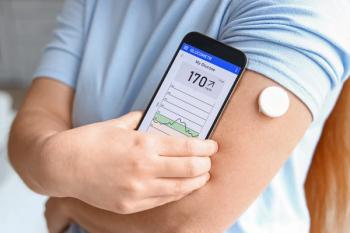
This method supports improved, early detection for diabetes without relying on blood samples or complex procedures.
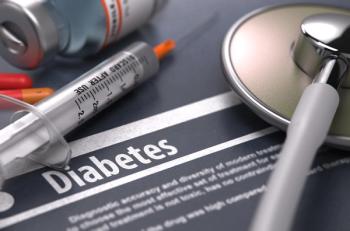
Further, the authors of the “Standards of Care in Diabetes 2025” highlighted the benefits of continuous glucose monitoring systems and recommend initiating these as soon as possible.
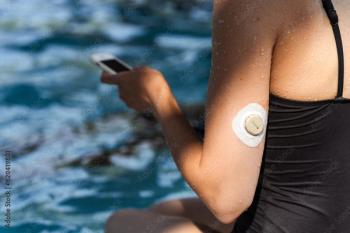
Pharmacists have positive impacts on health outcomes for diabetes and patients using CGM devices, including reductions in A1c.
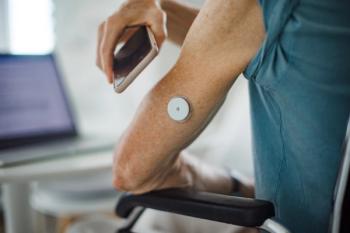
Clinical pharmacists counsel patients during the intervention and make informed medication changes based on the data received from continuous glucose monitoring (CGM).
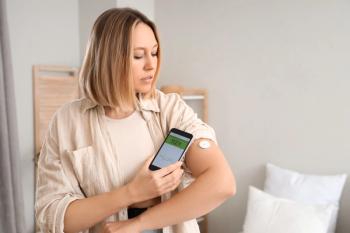
The integration of CGM into pharmacy practice represents a significant opportunity for pharmacists to provide enhanced patient care.

Heather Johnson, PharmD, BCACP, CTTS, and Heather Roth, BSPharm, RPh, discuss medications and devices used for improving cardiovascular health among patients with or without diabetes.
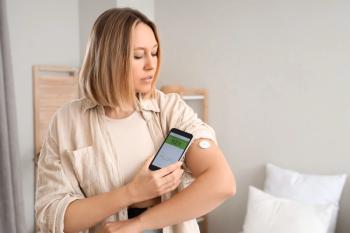
Diana Isaacs, PharmD, BCPS, BCACP, BC-ADM, CDCES, discusses the various errors patients experience when using CGM devices.

A recent study found that continuous glucose monitors could help improve patient comfort, reduce resource use, and improve outcomes.
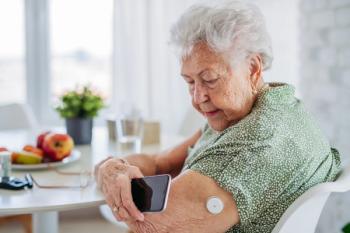
However, investigators did not determine the association between compatibility status and loss-of-signal alarms.
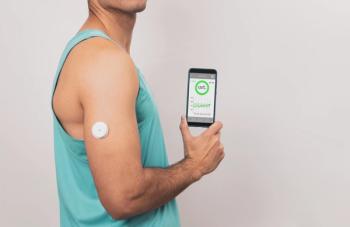
App notifications can be effected by various notification focuses, software updates, or connecting hardware, such as car audio or wireless earphones.

Heather Folz, PharmD, BCACP and Christina H. Sherrill, PharmD, BCACP, BC-ADM discuss challenges pharmacists may face when implementing CGM services and how they can help raise awareness.
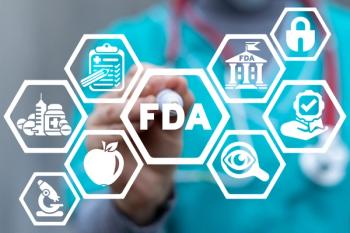
The Eversense 365 is the world’s first long-term CGM that provides 1 year of use and should be available by the fourth quarter of 2024.

Lingo offers users a real-time glucose graph, a metric to track glucose spikes, food and activity logging, personal recommendations, and challenges to motivate healthy behaviors.

The Stelo glucose biosensor system is intended for use in adults who do not use insulin or in those without diabetes who wish to better understand how diet and exercise affect blood glucose levels.
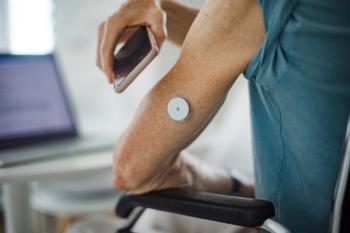
Medtronic also announced it has entered a global partnership with Abbott in an effort to expand CGM device options for patients living with diabetes.
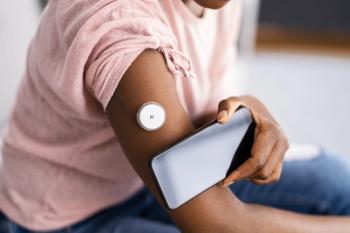
Patients using isCGM had reduced glucose variability, time in low glucose range, time in very low glucose range, and less events related to low glucose levels.

